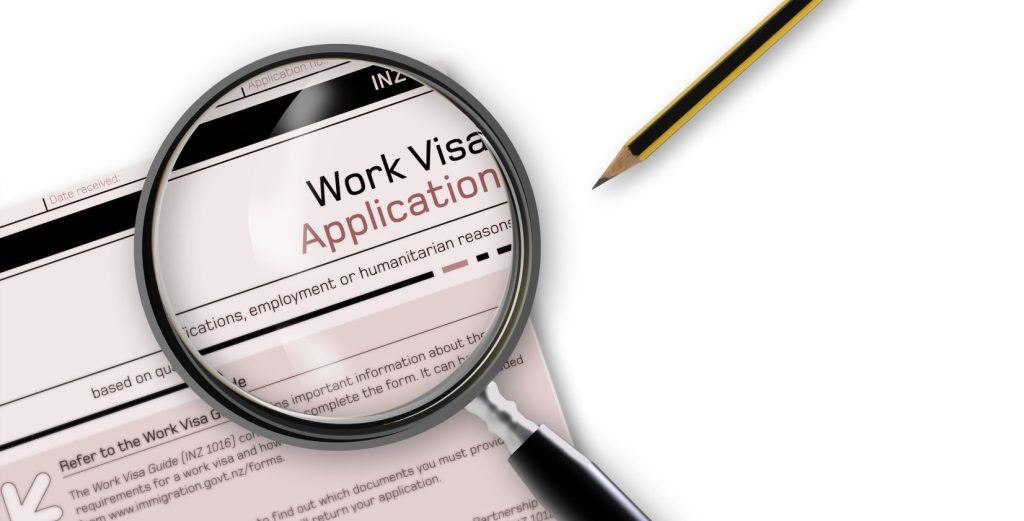May 2024 US Visa Bulletin: Advancements in Family-Sponsored Visas for India

Segmentation of Indians: What Does the June 2024 Visa Notification Tell Us?
USCIS has released the June 2024 visa application. There is no change in the application deadline or application date for all countries in EB-1, EB-2, EB-3, EB-1, EB-2, EB-3. and EB-5 categories. The priority dates for EB-1 visa applications from China and India will stay the same. For China, the date is September 1, 2022. For India, it is March 1, 2021.
What is US Visa Bulletin?
The visa application form lists key dates. It also asks for your main home when applying for a green card. Each month, the U.S. Department of Labor counts the pending applications in each category. This helps them estimate when different applicants can move forward.
Post Dates
The dates in the Visa Bulletin are the earliest dates to apply. You can apply for adjustment of status or an immigrant visa on these dates. If your anniversary is on or before the deadline, you can move on to the next step.
Final Date
These dates are an estimate of when your application will be processed and evaluated. The time from the application date to the completion date is about how long USCIS takes to process.
Two paths forward
- Please change status: If you already live in the United States
- Apply for an Immigrant Visa: If you live outside the United States Indian
June 2024 Visa Notification
This bulletin is a guide to green card travel and consists of two main parts:
- Post Date: This section sets the earliest date to apply for a status change or visa. It helps applicants decide when they can apply based on visa type and country of origin.
- Final Date: These days are the approximate waiting time for an approved application and stay. They follow the culture based on visa type and nationality. This shows when the applicant is likely to be successful.
The Importance of Working with a Green Card:
To apply in June 2024, applicants must have an earlier application deadline. It must be before the date in the posting for their category and country. This is to ensure they are eligible for postal submission.
Family-based interest groups.
There has been some welcome relief for most families ahead of the Group’s visa issuance in June 2024. Unlike the task force, USCIS will accept cases based on filing date.
F1: Unmarried children of US citizens
There is little movement in the latest calendar. For Mexico, the date was moved forward more than two months to January & March.
F2A category: Husbands, wives, and children of people with green cards.
Important dates continue in this category. For Mexico, the date was moved nearly three months later to February 1, 2021. For the rest of the world, the date has been brought forward by five months and two weeks until November 15, 2021.
F2B category: Unmarried sons and daughters are eligible. Age limit should be 21. Their parents must be permanent residents.
The date for Mexico was moved up by four months and one week to July 8, 2004. The date for the Philippines stayed the same, October 22, 2011.
F3: Married sons and daughters of US citizens
Dates progress worldwide to March 1, 2010. In Mexico, dates advance to December 1, 1999, and in the Philippines, dates move to August 22, 2002.
F4: Siblings of adult US citizens
Dates shifted to January 15, 2006, from December 15, 2005.
Employment-Based Preference Segmentation
Job-based categories have been created to accommodate different skills and abilities:
- First Preference (EB-1, Priority Employee): 28.6% of jobs are done preferentially.
- Second Preference (EB-2, Business Professionals): Also 28.6% worldwide.
- The third preference (EB-3, Skilled Workers and Laborers) has a global distribution of 28.6%. It has special limits for “other employees.”
- Fourth priority (EB-4, special Immigrants): accounting for 7.1% of world level.
- Fifth Priority (EB-5, Investors): It is 7.1% of the international level. This is for investments in rural areas and high unemployment. It is also for the development of social projects.
Each category has a special classification. It affects applicants from different countries.
Annual Limits and National Limits
For the 2024 Fiscal Year, the priority limit for family support was 226,000. The limit for employment was at least 140,000. We ensure no country benefits much from American immigration. Each country provides 7% of the total, or 25,620 people.
Application Process and Application Deadline
Applicants should follow the “Job Deadline” to know when they can proceed with their application. If there are more visas than applicants, the Immigration Office will update its guidelines and may allow applications to be submitted early.
Deadline for work under contract (India)
- EB-1: No change as of March 1, 2021.
- EB-2: Established as April 15, 2012.
- EB-3 and other workers: Both categories began August 15, 2012.
- EB-4 and Certain Religious Workers: The date is currently set to November 1, 2020.
- EB-5 (Unreserved and Set-Aside Categories): In the EB-5 visa program, both the unreserved and set-aside categories exhibit variable dates, with certain slots remaining current, indicating the ongoing availability for prospective applicants.
Employment-Based preferences
Employment-based preferences refer to categories within the United States immigration system that prioritize granting permanent residency (green cards) to individuals based on their employment qualifications and sponsorship by a U.S. employer. These preferences typically include EB-1, EB-2, and EB-3 categories, each with specific eligibility criteria and priority dates.


